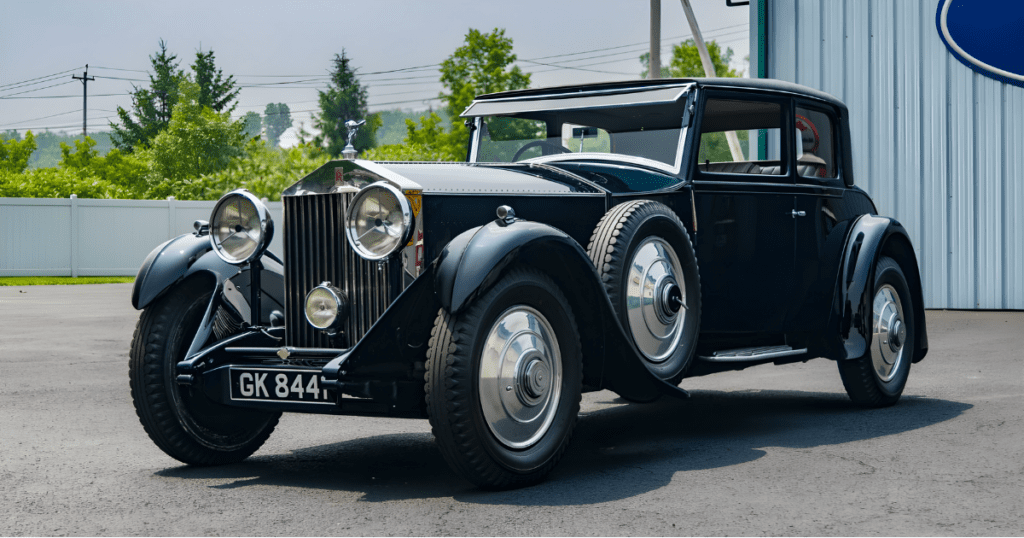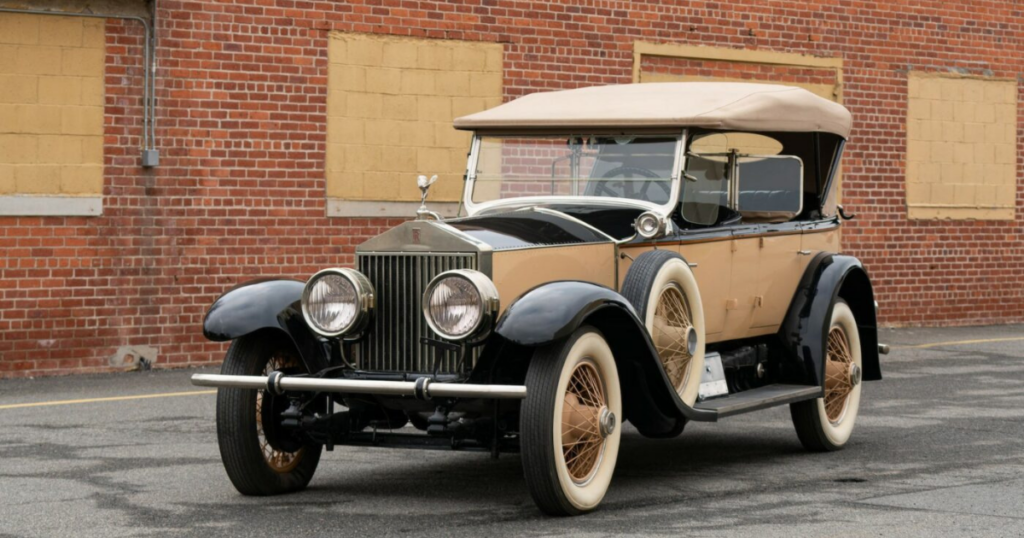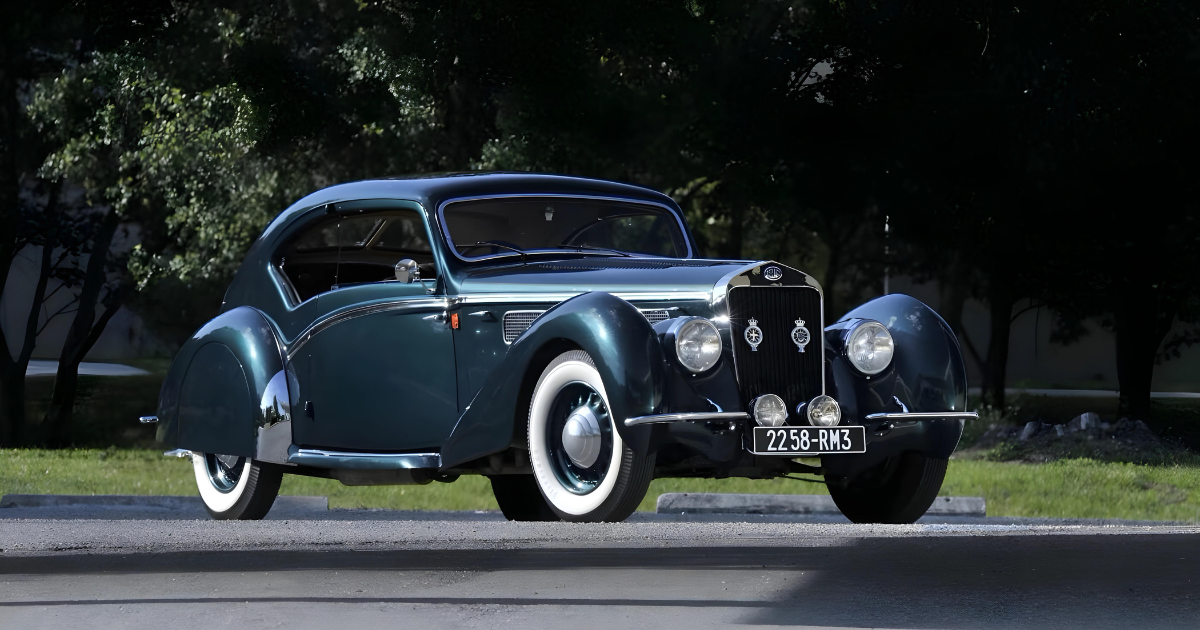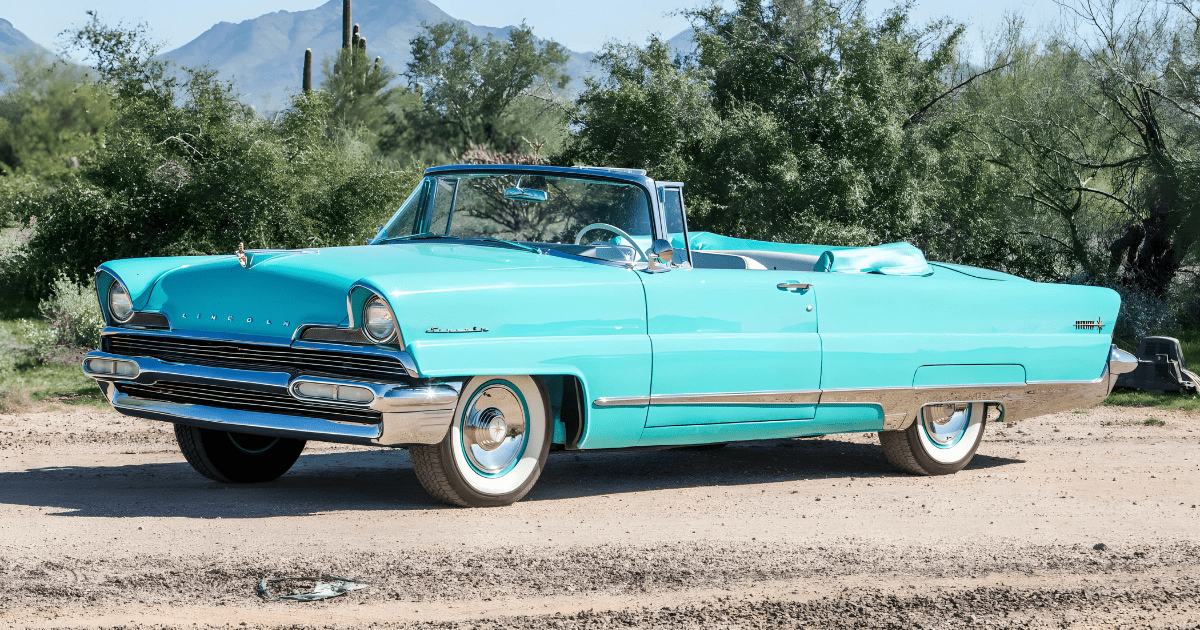
In the annals of automotive history, September 1929 marked the debut of the Rolls-Royce Phantom II, a vehicle that not only represented a leap forward in automotive engineering but also served as the swan song of Sir Frederick Henry Royce, OBE.
The Phantom II emerged as the successor to the New Phantom, signaling a new era in the illustrious lineage of Rolls-Royce luxury cars.

Sir Frederick Henry Royce, a luminary in the automotive world, oversaw the creation of the Phantom II until his passing in 1933. This remarkable vehicle, with its lowered chassis, offered options in both 144- and 150-inch wheelbases.
This flexibility provided an ideal canvas for the skilled coachbuilders of the time, who seized the opportunity to create exceptionally elegant cars that would come to define the “classic” era of the 1930s.

Despite its substantial weight, tipping the scales at three tons, the Phantom II outpaced its predecessors, setting a new standard for Rolls-Royce performance. Throughout its production run, the Phantom II underwent continuous enhancements to refine its capabilities.
Notable among these improvements was the introduction of the Autovac fuel delivery system, a pioneering innovation that contributed to the vehicle’s efficiency.

The “One Shot” chassis lubrication design was another noteworthy addition to the Phantom II’s repertoire. This time-efficient lubrication system aimed to streamline maintenance, ensuring that the vehicle’s intricate components received the care they needed to function optimally.
Additionally, refined gearing further contributed to the Phantom II’s superior performance, eliminating imperfections and elevating both comfort and drivability.

One of the striking features of the Phantom II was its forward-thinking advancements in controls, carburetion, and ignition systems. Rolls-Royce, known for its commitment to engineering excellence, incorporated cutting-edge technology to enhance the driving experience.
These innovations not only showcased the brand’s dedication to staying ahead of the curve but also set a benchmark for the luxury automobile industry.

Beyond its technical prowess, the Phantom II became a symbol of opulence and refinement during the “classic” era of the 1930s. The vehicle’s sleek design and the seamless integration of state-of-the-art engineering captivated enthusiasts of fine automobiles.
The Phantom II, with its graceful lines and powerful performance, represented the pinnacle of luxury and became the vehicle of choice for the discerning elite. As the curtain fell on the Phantom II’s production, it left an enduring legacy that transcended its time. Its influence extended beyond the roads it traversed, becoming a hallmark of elegance and sophistication.

Today, the Rolls-Royce Phantom II stands as a testament to the vision and craftsmanship of Sir Frederick Henry Royce and the enduring commitment of Rolls-Royce to the pursuit of automotive excellence.
It remains an iconic representation of the classic era, where meticulous design and unparalleled engineering converged to create an automotive masterpiece.




